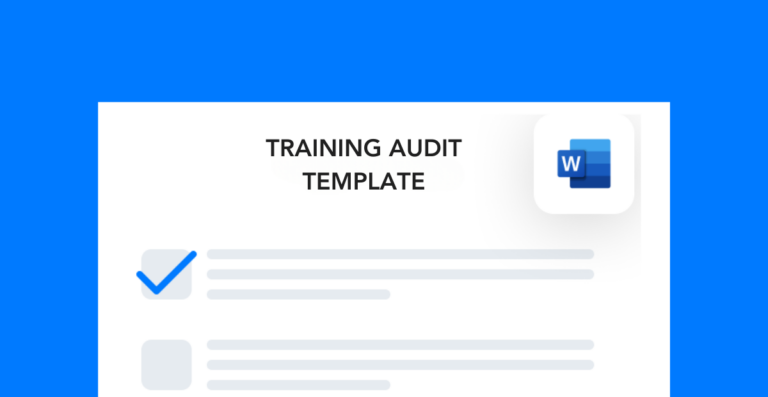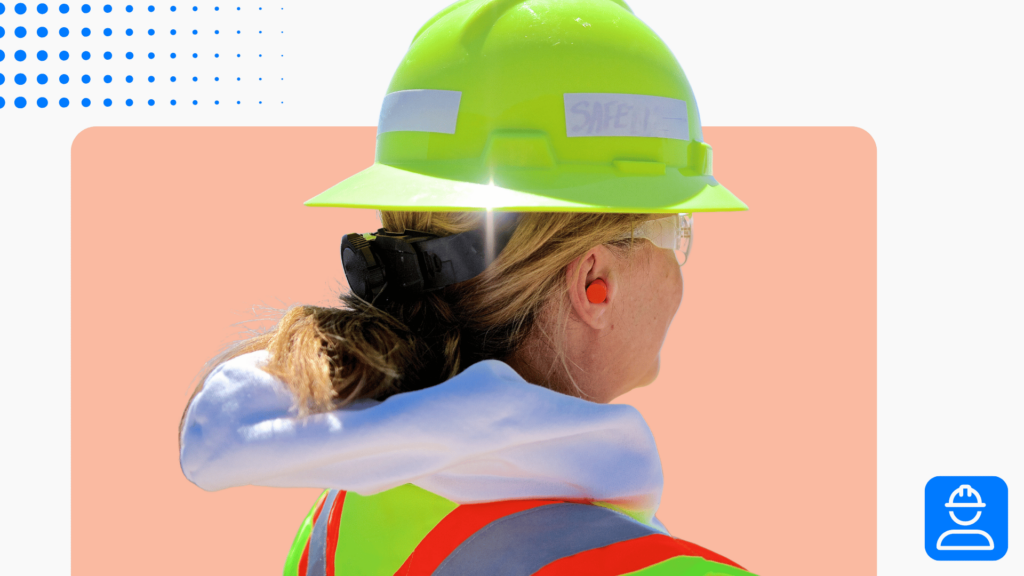Whether you conduct training every week or just a few times a year, there’s always room to grow. Being a confident, effective instructor is a skill that applies to all industries and jobs, so it‘s worth your time to get better at teaching and leading. Avoid these common classroom training mistakes to improve the employee experience and hone your skills as a instructor.
Training planning and preparation
There’s almost always plenty of time to plan and prepare ahead for classroom training sessions. Many trainers underestimate the importance of this step.
Look at some of the ways you might not be making the most of the planning process. The more you prepare, the easier it will be to deliver effective training.
Having unclear objectives
What do you want your employees to achieve by the end of the session? Which concepts should they master? Which skills should they acquire?
If you’re not asking and answering these questions, then your training might not be as effective as you think it is. When you clearly define the objectives for each lesson, you can tailor the content to meet those goals.
Not gathering materials beforehand
How often do you find yourself missing materials once you start a class? This includes forms, quizzes, company swag, training content—basically anything you need to complete the session.
It’s important to gather everything you need before class, so there are no interruptions once you’ve started. Plus, it avoids the issue of somebody not getting a copy of a test, form, etc.
Failing to review content
It’s standard practice to review the content of a presentation before you deliver it. Classroom training shouldn’t be an exception. Reviewing training materials is such an easy way to improve the employee experience, but many trainers still don’t do it. Instead, they wing every session and rely on PowerPoints or videos to get the message across.
Delivering classroom training
Confidence is key if you want to be a great instructor. But you need to balance it with organizational and time-management skills. Here are some of the most common classroom training mistakes you might be making during sessions.
Making assumptions about the attendees
Don’t assume that everyone in your class has the same background knowledge, learning styles, or motivations for being there. Most groups have a blend of these variables. You need to account for these variations if you want to be an effective trainer.
Start classes by asking the attendees questions like “how many of you have learned about this topic before?” This will give you a better sense of how to approach the lesson.
For different learning styles, just make sure your content is varied enough to satisfy everyone. Include photos, text, videos, demonstrations, role-playing exercises, and other activities to make the information easier to digest and retain.
Not managing the clock
Something that you might struggle with is time management. Rushing through important topics means your employees might not retain the critical information they need. On the other hand, getting too in the weeds on a specific topic might make attendees lose focus and leave too little time for other points.
The best way to address pacing is to practice, practice, practice. You need to be mindful of the clock, which means you must know the material. What are the most important points to get across? Which activities can you cut out if you’re short on time?
Overwhelming attendees
Sometimes, you get excited and go down a rabbit hole in whatever topic you’re teaching. But classroom training can easily become overwhelming if you overload attendees with information. This can also happen if you’re disorganized and hard to follow.
Try to have a rhythm to the class. Allow plenty of time for employees to ask questions. If you have an information-heavy section, break it up with a group activity or quiz. Having the right pacing can make all the difference for content retention.
Being inflexible
Good classroom instructors adapt to the circumstances. If you aren’t flexible enough, you can miss opportunities for engagement or negatively impact the energy in the room.
This all comes down to managing expectations for both you and your attendees. Have a plan for the class but stay open to changing it if an opportunity presents itself.
For example, if you unexpectedly get a lot of questions on a specific topic, take the time to answer them. You might have to skip a planned activity, but the most important thing is that everyone learns the material and stays engaged.
Discouraging participation
The whole point of classroom training (as opposed to remote learning) is to give employees invaluable in-person instruction. But if you discourage participation, you lower the potential value of the training.
Encourage attendees to ask questions, participate in exercises, and share their own insights. This will help the class build rapport and will lead to a better, more energetic training session all around.
Post-training failures
Just because the training is complete doesn’t mean the work is done. After a session ends is the best time to reflect and adjust for the next one.
Ignoring or not soliciting feedback
Many trainers end classes without soliciting feedback, but this is a big mistake. There’s no better source of improvement ideas than your employees. Don’t be afraid to ask for honest feedback if you want to get better results. Here are some questions you might ask:
- Do you feel like you got something out of this training session? If not, why?
- What (if anything) do you think the trainer can do to improve?
- Did you find the content interesting? If not, why?
- Did you have fun during the session?
- What was your favorite/least favorite part of the training?
Not reflecting on your performance
Believing you have nothing to improve upon is an easy way to fail as a trainer. There’s always something you can do better, whether it’s updating content or getting attendees more engaged.
After classroom training, you should always reflect on your performance. What do you think you did well? Were there any major problems or setbacks? Self-awareness is a great skill for becoming more proficient in all areas of performance, not just as a classroom instructor.
Improperly documenting training
Documentation is one of the most important and tedious tasks related to training. Maybe that’s why so many instructors fail to record everything correctly.
Good recordkeeping is an essential component of effective training programs. Without it, you won’t be able to tell when requirements are past due and where the bottlenecks in your process are.
If you have a learning management system (LMS), then you should use it to log all your classroom training activities. Not only is this faster than doing it by hand, but it’s also less likely to result in recordkeeping errors and gaps.
Changing nothing about your approach
The last major mistake you can make is to change nothing before your next training session. Over time, content may become stale, outdated, or irrelevant. You yourself may become stagnant, failing to improve your training skills and becoming apathetic to the entire process.
The more you’re willing to make changes, the better results you can get from your employees. Changes don’t always have to be concrete. For example, simply adjusting your approach to keep the energy level high in each class goes a huge way towards retention. Even the smallest changes can add up to create a more effective and memorable classroom training experience.





